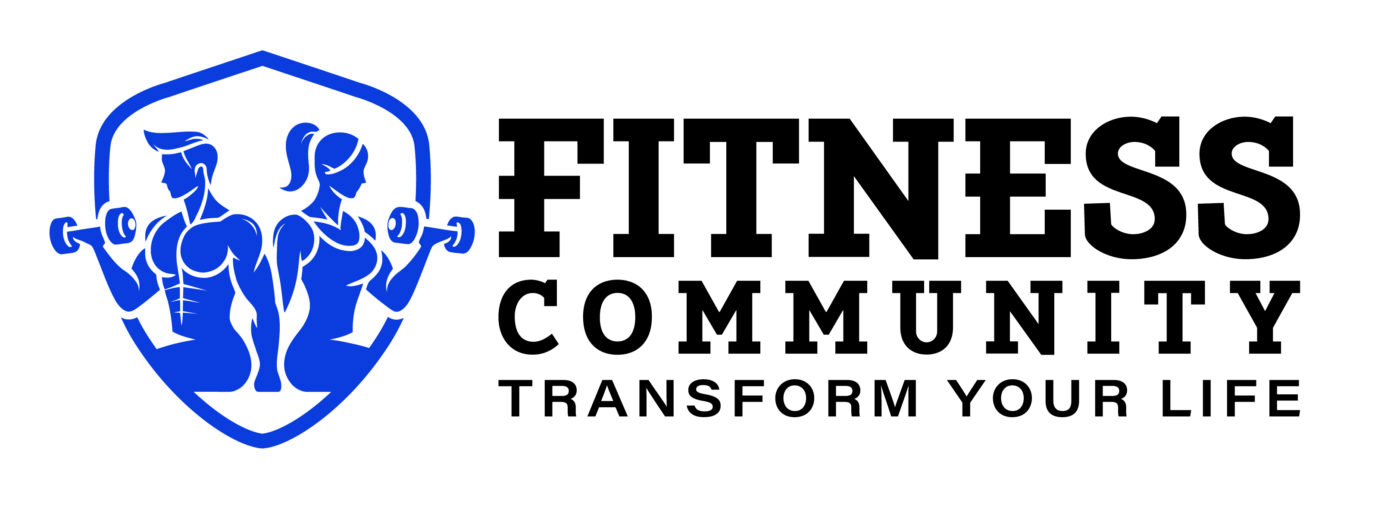WEIGHT LOSS AND FITNESS GOALS
Achieving Your Fitness Goals: How AI is Revolutionizing Health and Performance
Fitness is more than a passing trend—it’s a lifelong commitment to enhancing health and well-being. Whether the objective is weight loss, muscle gain, or improved endurance, setting clear and specific fitness goals is key to success. With the right approach and consistent effort, any fitness aspiration can be achieved over time.
The Role of AI in Fitness Transformation
Artificial intelligence (AI) has emerged as a game-changer in the fitness industry, helping individuals stay on track with their goals through personalized workout plans, nutrition tracking, and performance insights. By integrating AI into fitness routines, users can benefit from customized guidance that enhances efficiency and motivation.
Common Fitness Goals and Strategies for Success
1. Weight Loss
Losing weight involves maintaining a calorie deficit through exercise and a balanced diet. Sustainable weight loss comes from a combination of cardiovascular workouts, strength training, and mindful nutrition.
Key Strategies:
Track calorie intake and adjust as needed using fitness apps.
Plan meals in advance to ensure a balanced diet.
Stay hydrated to regulate metabolism and prevent overeating.
Incorporate strength training to enhance metabolism.
Avoid fad diets and focus on long-term, sustainable habits.
Maintain accountability by sharing goals with others.
Cultivate a positive mindset and recognize progress.
2. Building Muscle Mass
Muscle growth requires strength training, progressive overload, and sufficient nutrition. Increasing workout intensity over time stimulates muscle development, while adequate protein intake supports recovery.
Key Strategies:
Gradually increase weights and reps for progressive overload.
Consume sufficient protein (1.2-2.2g per kg of body weight).
Allow rest days for muscle recovery.
Focus on compound movements like squats and deadlifts.
Track progress to adjust training routines accordingly.
Ensure proper hydration for muscle function and recovery.
3. Improving Flexibility
Enhanced flexibility improves overall athletic performance and reduces injury risk. Regular stretching and exercises like yoga and Pilates contribute to better joint mobility.
Key Strategies:
Stretch daily for consistent improvement.
Warm up before stretching to prevent injury.
Use dynamic stretching before workouts.
Focus on tight or imbalanced muscle groups.
Practice deep breathing to improve stretch effectiveness.
4. Boosting Cardiovascular Health
Cardiovascular exercise strengthens the heart and lungs, supporting overall endurance and weight management.
Key Strategies:
Engage in at least 150 minutes of moderate or 75 minutes of vigorous cardio weekly.
Mix cardio routines to avoid monotony.
Monitor heart rate to ensure effective workouts.
Include high-intensity interval training (HIIT) for enhanced benefits.
Allow time for recovery to prevent overtraining.
5. Reducing Stress Through Fitness
Exercise is a natural stress reliever, promoting the release of endorphins that enhance mood and relaxation.
Key Strategies:
Incorporate yoga and meditation into routines.
Practice deep breathing techniques to lower stress levels.
Exercise outdoors to benefit from natural surroundings.
Maintain consistency for lasting stress reduction.
Engage in social workouts for additional motivation.
6. Enhancing Sleep Quality
Regular physical activity supports better sleep patterns by regulating the body’s internal clock.
Key Strategies:
Avoid intense workouts close to bedtime.
Include relaxing exercises like yoga in the evening.
Establish a consistent sleep schedule.
Monitor sleep patterns using tracking devices.
Reduce caffeine and alcohol intake before bedtime.
7. Strengthening the Core
Core strength is essential for posture, stability, and injury prevention.
Key Strategies:
Target all core muscles, including abs and lower back.
Maintain proper form to maximize effectiveness.
Gradually increase exercise difficulty.
Incorporate compound movements like squats.
Use stability tools like resistance bands for variety.
8. Enhancing Mental Focus
A strong mind is as vital as a strong body when pursuing fitness goals.
Key Strategies:
Practice meditation and mindfulness for improved focus.
Use visualization techniques to reinforce goal achievement.
Break down goals into manageable steps.
Eliminate distractions during workouts.
9. Increasing Stamina and Endurance
Improving endurance requires gradual progression in workout intensity and duration.
Key Strategies:
Increase training duration progressively.
Cross-train to engage different muscle groups.
Fuel the body with proper nutrition for endurance.
Stay hydrated for optimal performance.
Monitor progress with fitness apps or wearables.
AI’s Impact on Fitness Success
Artificial intelligence is reshaping the fitness landscape by offering personalized guidance, tracking progress, and optimizing routines. AI-driven apps and wearables analyze fitness levels, suggest tailored workouts, and provide real-time feedback for improved results.
Key AI Benefits:
Personalized workout plans based on user data.
Real-time technique and form corrections.
Progress tracking for exercise, sleep, and nutrition.
AI-generated meal plans tailored to fitness goals.
Virtual coaching for motivation and guidance.
Behavioral insights to enhance consistency and performance.
Conclusion
Achieving fitness goals requires dedication, patience, and the right strategies. Whether focusing on weight loss, muscle gain, flexibility, or endurance, having a structured plan increases the likelihood of success. With the integration of AI-driven tools, individuals can access customized support to optimize workouts, stay accountable, and make meaningful progress in their fitness journey.
By leveraging both traditional fitness principles and AI technology, individuals can create sustainable routines that align with their goals, ultimately leading to a healthier and more fulfilling lifestyle.
Disclaimer: This article is for informational purposes only and should not substitute professional medical advice. Always consult healthcare professionals regarding health concerns or symptoms.

